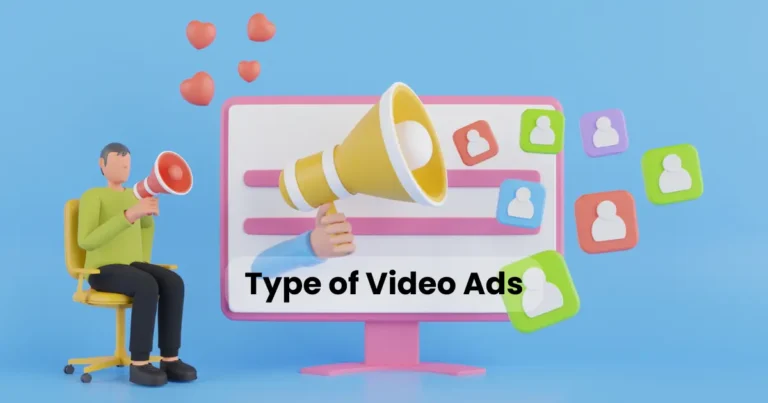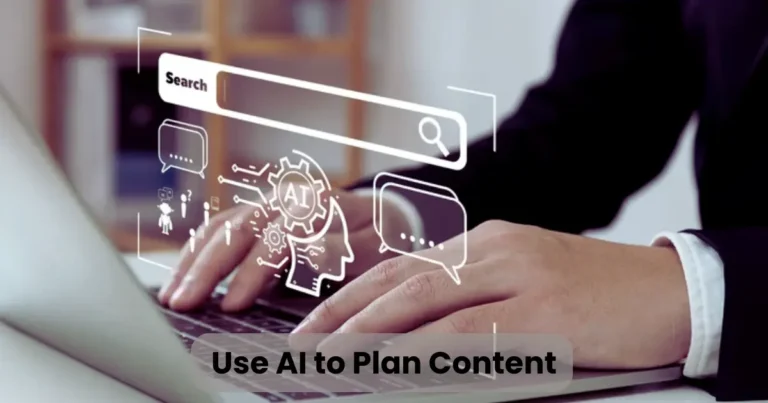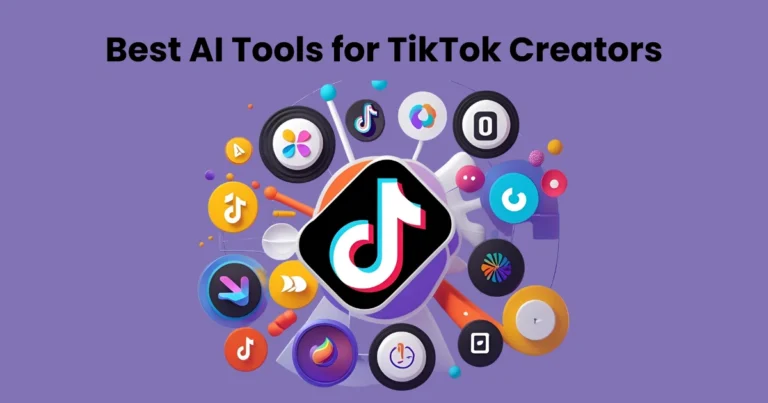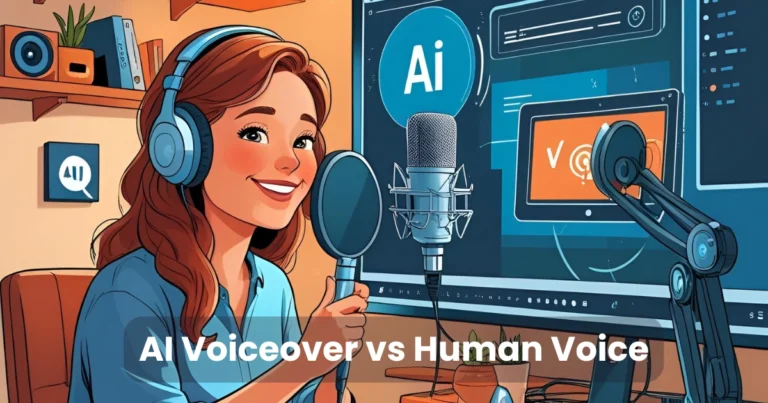AI Powered Client Demos: Revolutionizing Business Presentations
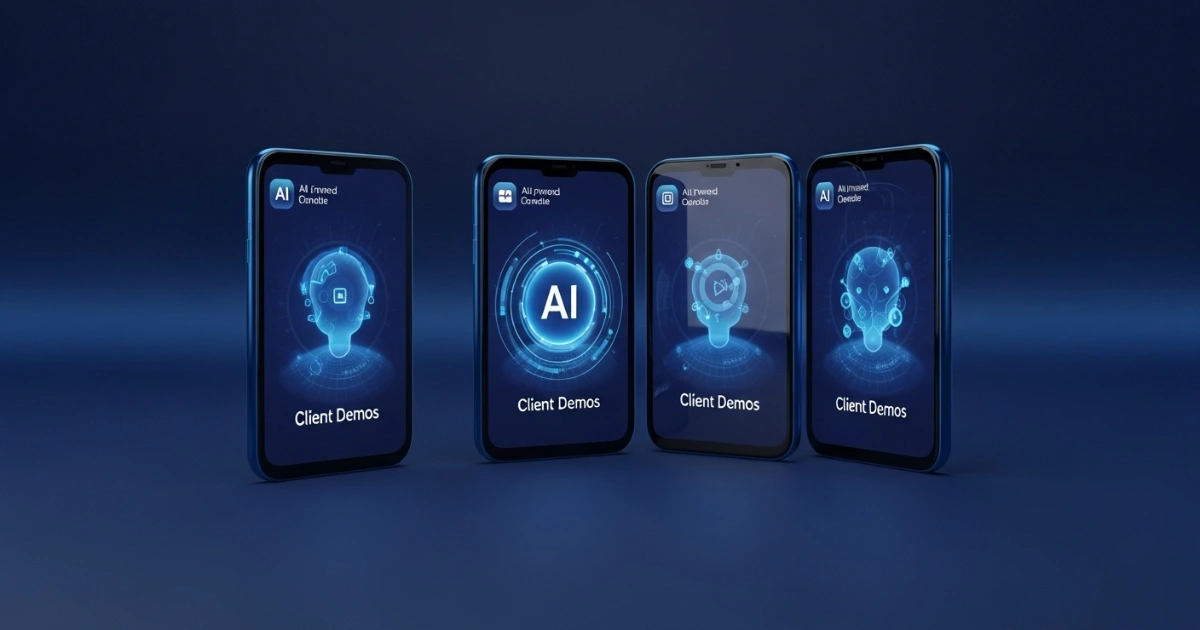
Contents
- 1 What Are AI Powered Client Demos?
- 2 Why AI Powered Client Demos Matter
- 3 How AI Enhances Client Demos
- 4 Benefits of AI Powered Client Demos for Businesses
- 5 How to Create Effective AI Powered Client Demos
- 6 Challenges and Solutions for AI Powered Client Demos
- 7 Real-World Examples of AI Powered Client Demos
- 8 The Future of AI Powered Client Demos
In today’s fast-paced business world, AI powered client demos are transforming how companies showcase their products and services. These innovative demonstrations leverage artificial intelligence to create engaging, personalized, and impactful presentations that captivate potential clients. By integrating AI, businesses can deliver dynamic demos that adapt in real time, address client pain points, and highlight unique value propositions. This article explores how AI enhances client demos, offering actionable insights to maximize engagement and conversion rates. Whether you’re a startup founder or a seasoned sales professional, you’ll discover strategies to elevate your presentations and achieve results in record time.
What Are AI Powered Client Demos?
AI powered client demos use artificial intelligence to create interactive, data-driven presentations tailored to specific audiences. Unlike traditional demos, which rely on static slides or scripted pitches, AI-driven demos analyze client data, predict preferences, and dynamically adjust content. For example, AI can assess a client’s industry, role, or past interactions to customize the demo, ensuring it aligns with their needs. This approach saves time, increases relevance, and boosts engagement. By incorporating tools like natural language processing (NLP), machine learning, and predictive analytics, these demos deliver a seamless, professional experience that feels bespoke.
Moreover, AI powered client demos streamline preparation. Instead of spending hours crafting presentations, sales teams can use AI tools to generate visuals, suggest talking points, and even simulate client reactions. This efficiency allows presenters to focus on building relationships rather than memorizing scripts. As a result, businesses can deliver compelling demos that resonate with clients and drive conversions.
Why AI Powered Client Demos Matter
The rise of AI powered client demos reflects a shift in how businesses approach sales and marketing. Here’s why they’re critical for success:

1. Personalization at Scale
AI analyzes vast amounts of data to tailor demos to individual clients. For instance, it can pull insights from CRM systems, social media, or website interactions to highlight relevant features. This level of personalization makes clients feel understood, increasing trust and engagement. Additionally, AI enables personalization at scale, allowing teams to create customized demos for multiple clients simultaneously, saving time and resources.
2. Enhanced Engagement
Static presentations often fail to hold attention. AI powered client demos, however, use interactive elements like real-time data visualizations, chatbots, or voice-activated features to keep audiences engaged. For example, an AI tool might adjust a demo’s pacing based on the client’s reactions, ensuring the presentation remains captivating. This dynamic approach maximizes the time spent delivering value and minimizes disengagement.
3. Data-Driven Insights
AI provides actionable insights by analyzing client interactions during demos. It tracks which features spark interest, where clients lose focus, or which questions arise most often. These insights help sales teams refine their approach, improving future demos. Furthermore, AI can predict client objections and suggest responses, enabling presenters to address concerns proactively.
4. Time Efficiency
Creating traditional demos can be time-consuming, requiring extensive research and design. AI powered client demos automate much of this process, generating content, visuals, and scripts in minutes. This efficiency allows sales teams to focus on strategy and relationship-building, maximizing the time available for meaningful client interactions.
5. Competitive Advantage
Businesses using AI powered client demos stand out in crowded markets. By delivering polished, data-driven presentations, companies demonstrate innovation and professionalism. Clients are more likely to choose a forward-thinking brand that leverages cutting-edge technology over competitors relying on outdated methods.
How AI Enhances Client Demos
AI powered client demos rely on several advanced technologies to deliver exceptional results. Let’s explore the key components and how they contribute to success.

Natural Language Processing (NLP)
NLP enables AI to understand and respond to client questions in real time. During a demo, an AI-powered chatbot or virtual assistant can answer queries, provide additional details, or clarify complex points. This ensures a smooth, conversational experience that feels natural and engaging. For instance, if a client asks about pricing, the AI can instantly provide tailored options based on their profile, saving time and maintaining momentum.
Machine Learning
Machine learning algorithms analyze client data to predict preferences and behaviors. By studying past interactions, purchase history, or industry trends, AI tailors demos to highlight the most relevant features. For example, a software company might use machine learning to emphasize specific tools for a client in the healthcare sector, ensuring the demo resonates with their unique needs.
Predictive Analytics
Predictive analytics forecast client reactions and outcomes. By analyzing historical data, AI can identify which demo elements are most likely to drive conversions. For instance, it might suggest emphasizing a product’s scalability if the client values long-term growth. This data-driven approach maximizes the time spent on high-impact content.
Interactive Visualizations
AI tools generate dynamic charts, graphs, and simulations that adapt to client inputs. For example, a financial services company might use AI to create a real-time ROI calculator during a demo, showing clients the potential value of their investment. These interactive elements keep audiences engaged and make complex information easier to understand.
Voice and Gesture Recognition
Some AI powered client demos incorporate voice or gesture controls, allowing clients to interact with the presentation hands-free. This is particularly useful for virtual or hybrid demos, where seamless interaction is critical. For example, a client could say, “Show me the analytics dashboard,” and the AI would instantly display the relevant section, saving time and enhancing the experience.
Benefits of AI Powered Client Demos for Businesses
Adopting AI powered client demos offers numerous advantages for businesses looking to maximize their time and impact. Here are the key benefits:

- Increased Conversion Rates: Personalized, engaging demos are more likely to convert prospects into customers. AI ensures every demo is tailored to the client’s needs, addressing pain points and showcasing value.
- Improved Efficiency: AI automates time-consuming tasks like slide creation, data analysis, and scriptwriting. This allows sales teams to prepare and deliver demos faster, freeing up time for other priorities.
- Enhanced Client Satisfaction: Clients appreciate demos that feel relevant and interactive. AI’s ability to adapt content in real time ensures a polished, professional experience that leaves a lasting impression.
- Scalability: AI enables businesses to create customized demos for multiple clients without sacrificing quality. This scalability is ideal for companies targeting large audiences or diverse industries.
- Data-Driven Optimization: AI provides insights into demo performance, helping teams identify what works and what doesn’t. This continuous improvement cycle leads to better outcomes over time.
How to Create Effective AI Powered Client Demos
To maximize the impact of AI powered client demos, businesses must follow best practices. Here’s a step-by-step guide to creating demos that engage and convert:

Step 1: Define Your Objectives
Before creating a demo, clarify your goals. Are you aiming to close a sale, educate clients, or showcase a new feature? Clear objectives help AI tools focus on the right content and metrics. For example, if your goal is to highlight a product’s ease of use, the AI can prioritize user-friendly features in the demo.
Step 2: Leverage Client Data
Use AI to analyze client data from CRM systems, social media, or website interactions. This ensures the demo is tailored to the client’s industry, role, and pain points. For instance, a demo for a retail client might emphasize inventory management features, while one for a logistics company highlights supply chain solutions.
Step 3: Choose the Right AI Tools
Select AI platforms that align with your needs. Tools like Salesforce Einstein, Gong.io, or Highspot offer features like content personalization, analytics, and automation. Ensure the platform integrates with your existing systems to maximize efficiency.
Step 4: Design Interactive Elements
Incorporate dynamic visuals, chatbots, or voice controls to keep clients engaged. For example, use AI to create a live simulation of your product in action, allowing clients to explore its features interactively. This hands-on approach maximizes engagement and minimizes downtime.
Step 5: Practice and Refine
Test your demo with internal teams to identify areas for improvement. Use AI analytics to track performance metrics, such as time spent on each section or client engagement levels. Refine the demo based on these insights to ensure it resonates with your audience.
Step 6: Deliver with Confidence
During the demo, let AI handle repetitive tasks like answering common questions or generating visuals. This allows you to focus on building rapport and addressing client concerns. Use AI’s real-time insights to adapt the presentation on the fly, ensuring it aligns with the client’s reactions.
Challenges and Solutions for AI Powered Client Demos
While AI powered client demos offer significant benefits, they also come with challenges. Here’s how to address common obstacles:

Challenge 1: Data Privacy Concerns
Clients may worry about how their data is used in AI-driven demos. To build trust, ensure compliance with regulations like GDPR or CCPA. Be transparent about data usage and use secure AI platforms that prioritize privacy.
Challenge 2: Technical Complexity
Implementing AI tools can be daunting for teams with limited technical expertise. To overcome this, choose user-friendly platforms with robust support and training resources. Additionally, partner with AI vendors that offer seamless integration with your existing systems.
Challenge 3: Over-Reliance on AI
While AI streamlines demo creation, over-reliance can make presentations feel impersonal. Balance AI automation with human creativity to maintain authenticity. For example, use AI to generate data-driven insights but craft a narrative that resonates emotionally with clients.
Challenge 4: High Initial Costs
Investing in AI tools can be expensive, especially for small businesses. To justify the cost, focus on long-term benefits like increased conversions and time savings. Start with affordable platforms or free trials to test AI’s impact before committing fully.
Real-World Examples of AI Powered Client Demos
To illustrate the power of AI powered client demos, let’s look at a few real-world applications:
Example 1: Software Company
A SaaS company used AI to create demos for its project management tool. By analyzing client data, the AI tailored each demo to highlight features relevant to the client’s industry, such as time tracking for agencies or resource allocation for manufacturers. The result? A 30% increase in conversion rates and a 50% reduction in demo preparation time.
Example 2: Financial Services
A financial services firm implemented AI powered client demos to showcase its investment platform. The AI generated real-time ROI calculators and personalized investment scenarios based on client profiles. This interactive approach led to a 25% boost in client engagement and higher satisfaction scores.
Example 3: E-Commerce Platform
An e-commerce company used AI to create demos for its online store builder. The AI analyzed client website traffic and suggested features like abandoned cart recovery or personalized product recommendations. By addressing specific pain points, the company saw a 20% increase in sign-ups.
The Future of AI Powered Client Demos
As AI technology evolves, the potential for AI powered client demos will only grow. Emerging trends include:

- Augmented Reality (AR) Integration: AR-powered demos will allow clients to interact with virtual product models, creating immersive experiences.
- Advanced Predictive Models: Future AI tools will predict client needs with even greater accuracy, enabling hyper-personalized demos.
- Voice-Activated Demos: Voice recognition will make demos more interactive, allowing clients to navigate presentations hands-free.
- Real-Time Collaboration: AI will enable seamless collaboration between presenters and clients, even in virtual settings, maximizing engagement.
By staying ahead of these trends, businesses can continue to maximize the time and impact of their demos, ensuring long-term success.
Conclusion
AI powered client demos are revolutionizing how businesses present their products and services. By leveraging AI’s personalization, interactivity, and data-driven insights, companies can create engaging, efficient, and impactful presentations that drive conversions. To succeed, businesses must embrace the right tools, focus on client needs, and balance automation with human creativity. Whether you’re aiming to close more deals or stand out in a competitive market, AI powered client demos offer a powerful way to maximize your time and achieve results. Start exploring AI tools today to transform your presentations and captivate your audience.

